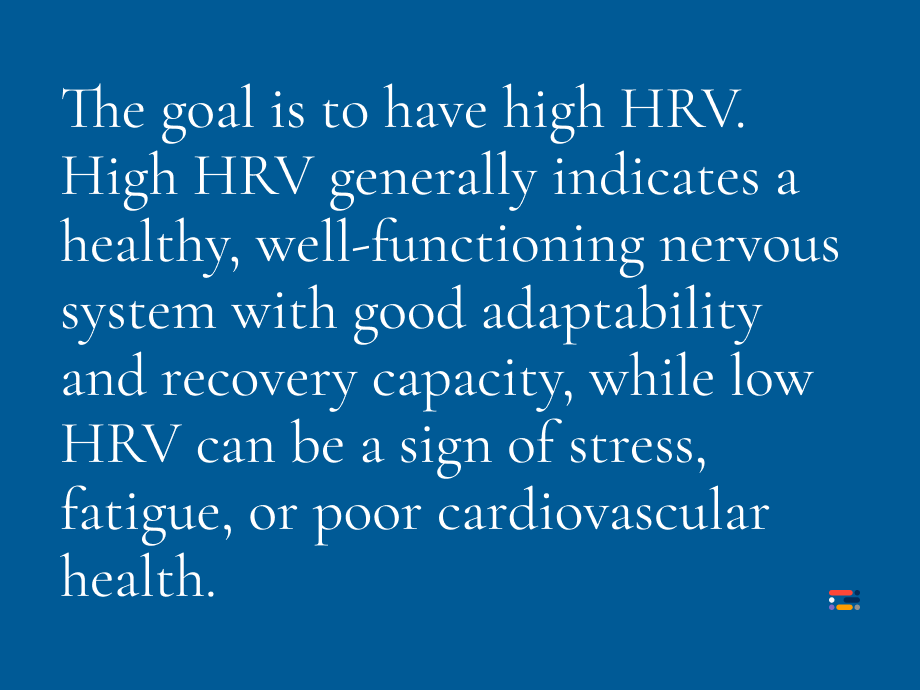We use cookies to enhance your browsing experience and analyze the performance of our website. By clicking Continue, you agree to the use of cookies. For more information, please see our Privacy Policy or update your Cookie Preferences.


The vagus nerve is a key player in your body's ability to rest, recover, and digest. As the longest cranial nerve in the body, it controls everything from heart rate to gut health. Often called the "rest and digest" nerve, it activates the parasympathetic system to help you relax and restore balance. Whether you're looking to improve stress resilience, reduce inflammation, or support digestion, understanding the vagus nerve's functions can be a game-changer for your health.
Your nervous system has 2 opposing actions: sympathetic and parasympathetic - also known as fight or flight and rest and digest. Your vagus nerve is the main nerve of your parasympathetic nervous system, which is responsible for relaxation and digestion. Your vagus nerve begins in your brain and travels down through your neck to your heart, lungs, and digestive tract.
Life's chronic stressors have most people living in sympathetic overdrive, so it is important to focus on balancing the two parts of the nervous system. One way to do this is by stimulating the vagus nerve to improve its function, or tone. In fact, many researchers refer to parasympathetic nervous system activity as synonymous with vagal tone.1
Since the vagus nerve is so long, damage, disease, or low tone can cause many symptoms. The vagus nerve can be affected by multiple conditions including diabetes, COVID-19, cancer, surgery, structural problems, age, and inflammation.2345
Vagus nerve dysfunction symptoms include3678910:

While gagging isn't a pleasant experience, it can provide important information. Your gag reflex is one test for vagus nerve function performed during a physical examination at a doctor's office. The absence of a gag reflex could indicate a problem with your vagus nerve. Also, when your doctor asks you to open your mouth and say, 'ahhh', your uvula, the tissue hanging at the back of your throat, should elevate and not deviate to one side. Any change can signal an issue with the vagus nerve.6
Since the vagus nerve controls the heart, measuring heart rate variability (HRV) is a technique used to assess vagus nerve function, or vagal tone.11 HRV measures the time interval between heartbeats and how much these intervals vary from beat to beat. Activation of the sympathetic nervous system increases your heart rate and decreases HRV. Your parasympathetic nervous system has the opposite effect, decreased heart rate and increased HRV.12 The goal is to have high HRV. High HRV generally indicates a healthy, well-functioning nervous system with good adaptability and recovery capacity, while low HRV can be a sign of stress, fatigue, or poor cardiovascular health. Heart Math is a technique that helps you regulate your HRV.
When the body is chronically stressed, the sympathetic nervous system dominates and the parasympathetic (vagal) response is blunted. The sympathetic nervous system signals the adrenal glands to produce adrenaline (epinephrine) and cortisol.13 Cortisol is your body's stress hormone and it can be measured with salivary testing. Testing can help you see if you need to work on your adrenal health and stress management. This test does not assess vagus nerve function, but instead assesses your stress response.
Vagus Nerve Stimulation (VNS) involves an implanted device in your chest under your skin which sends electrical impulses to stimulate your vagus nerve. Other devices can be worn on the ear or placed over the neck. VNS can help headaches, epilepsy, obesity, pain, PTSD, rheumatoid arthritis, depression, gastroparesis, and inflammatory bowel disease.681415
While the device may be important in treating certain conditions, a healthy person can increase vagal tone without a device.

Just like you would train your muscles with physical activity, your vagus nerve also benefits from stimulation. Building your vagal tone is a worthy goal since it's associated with better stress resilience, lower inflammation, and gut health.9 It's very common to see social media posts on vagus nerve stimulation these days. These hacks are easy to do, but is there science to support it? We've compiled a list of easy things you can do at home to increase your vagal tone.
Since your vagus nerve is the main nerve that controls the parasympathetic nervous system for calming, it's important that you take care of it. Stress is the opposing force, so stress management is crucial for stress resilience. There are many strategies proven to increase your vagal tone, so go sing your heart out!
This article is meant for educational purposes only and is not meant to be misconstrued as medical diagnosis or treatment advice.